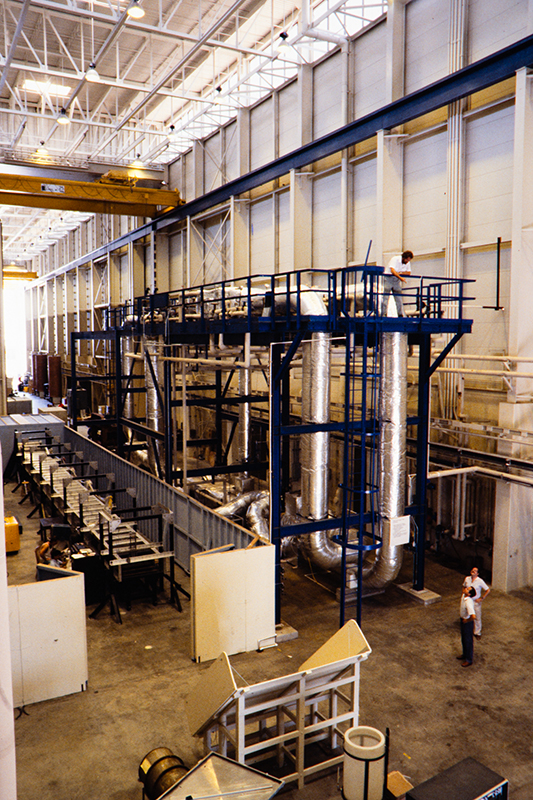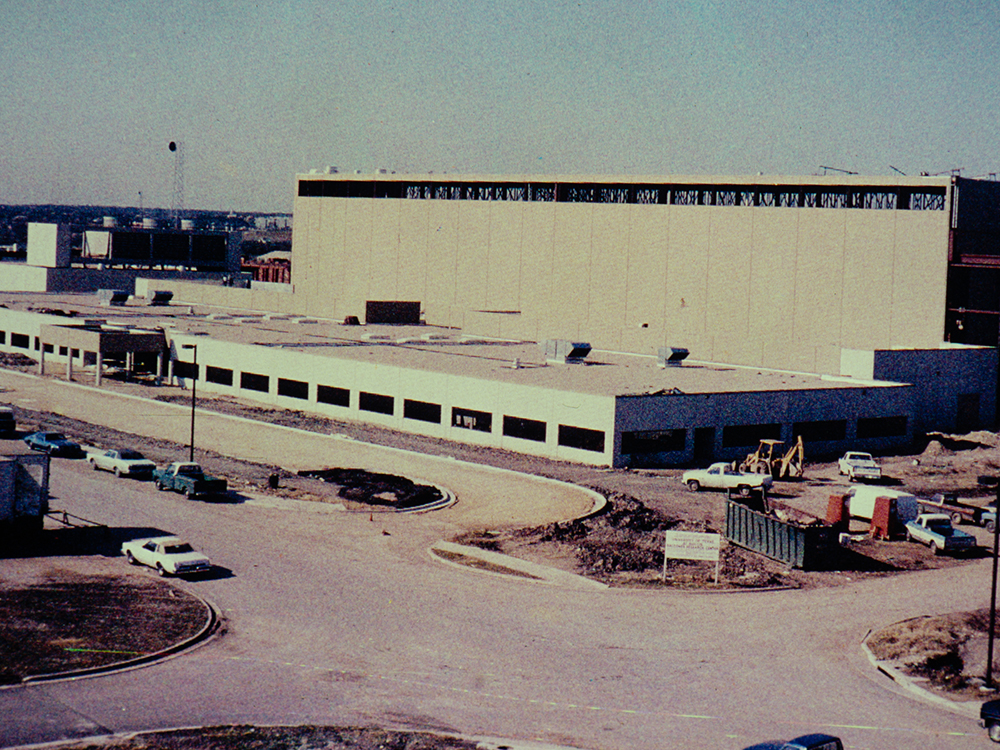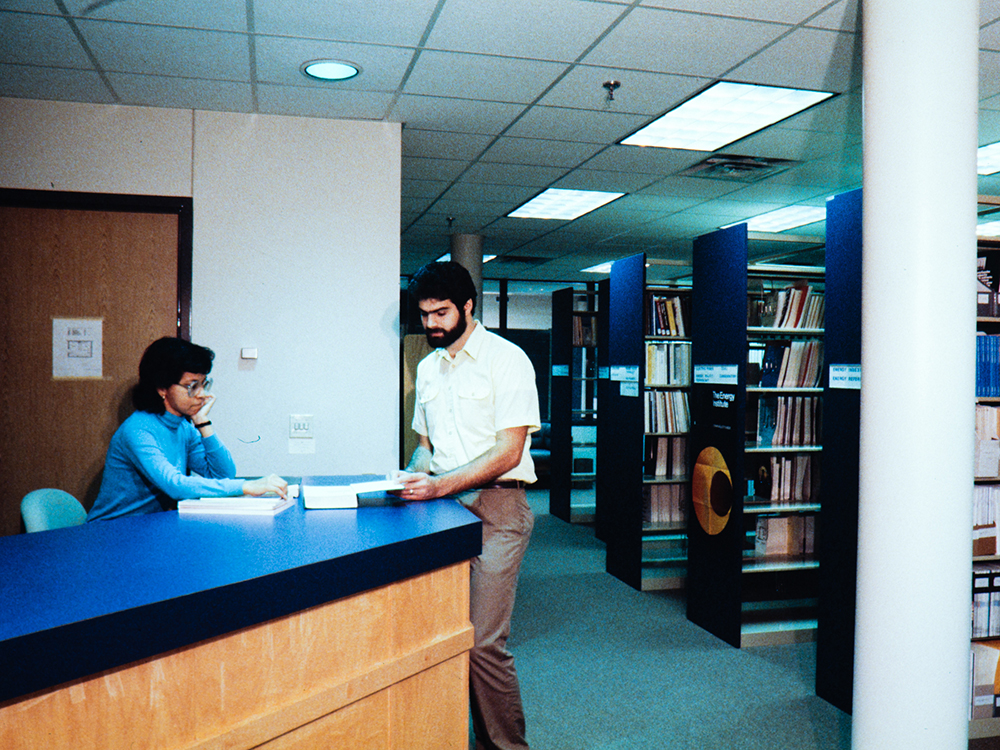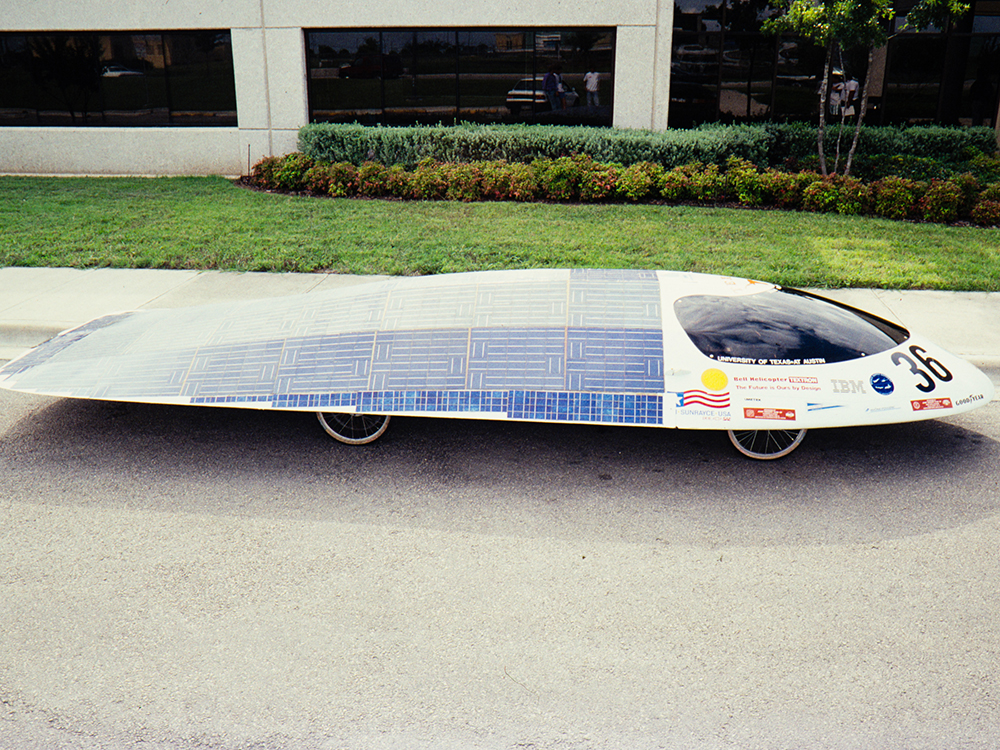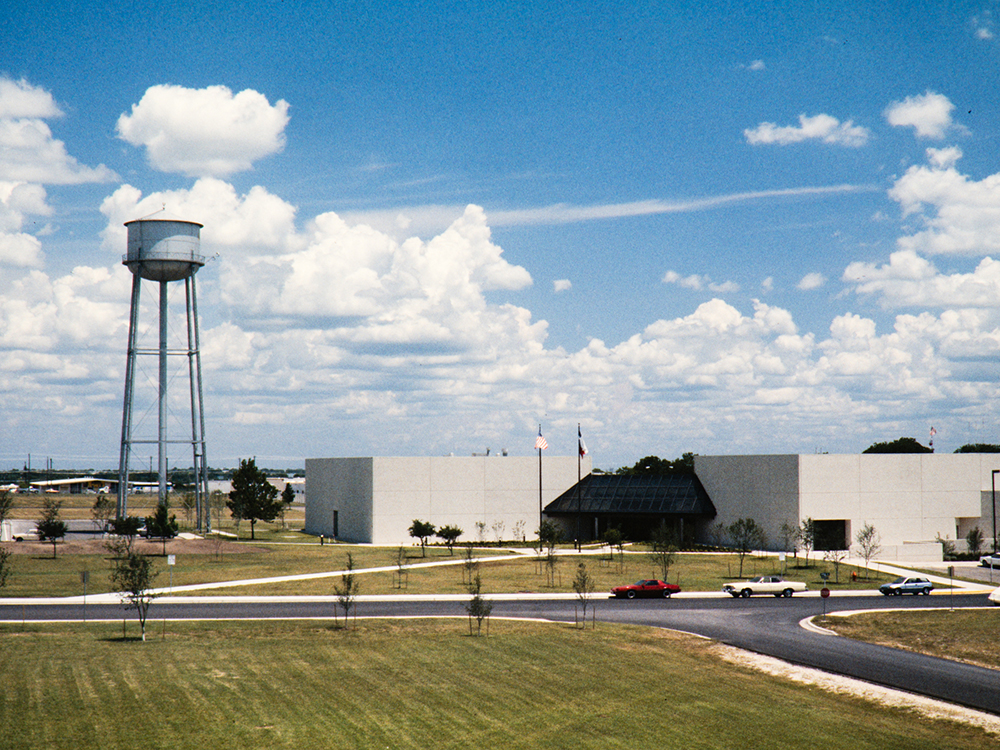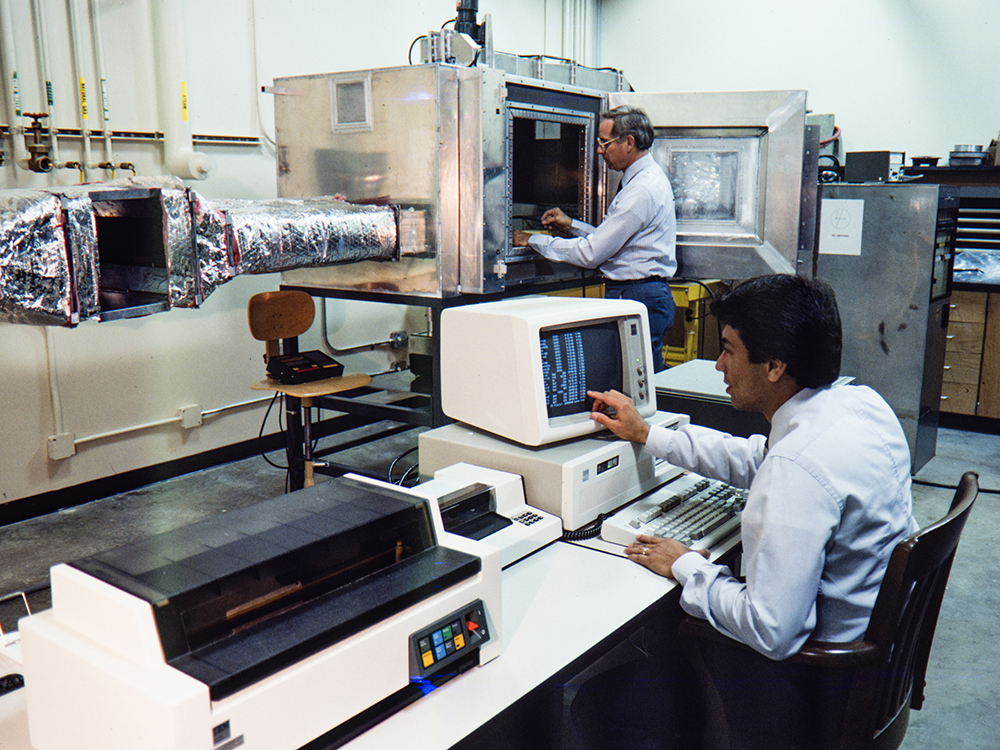
The beginnings of the center
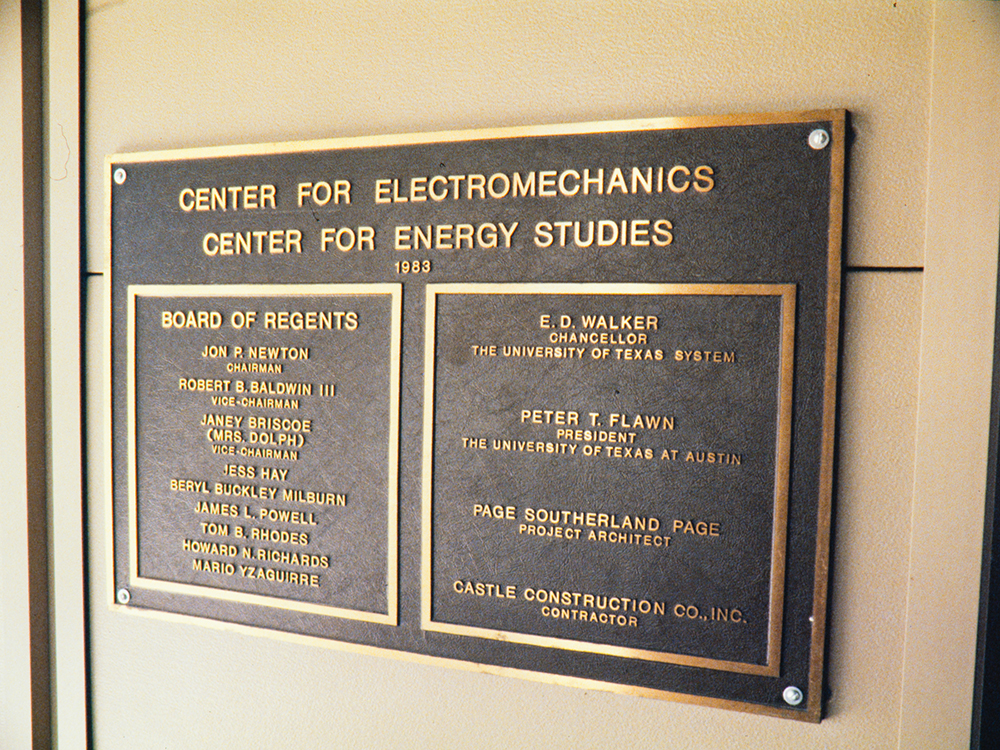
The Center for Energy and Environmental Resources celebrated its 50th year anniversary in January 2024. Founded in January 1974, the center has served as the central liaison for energy and environmental research, education, and public service at the University of Texas at Austin. With its impressive research accomplishments in various fields, the center continues to be a beacon for innovation and world-changing applications.In January 1974 Dr. Stephen H. Spurr, then president of The University of Texas at Austin, approved the formation of the UT Center for Energy Studies (CES), noting that the center was created “both because of the significance to the state and the nation of an adequate energy supply and because of the outstanding faculty talent and capacity available at the University.” Dean Kozmetsky, chairman of the advisory board, added that the center “will provide a formal focal point for present and future university research efforts as well as assist, when needed, in coordination with local, state, federal and industrial agencies. It will also provide increased visibility to identify our talent, capabilities and accomplishments in the energy area.”
Early Leadership
Dr. Herbert H. Woodson (1925-2018), ALCOA Foundation Professor of Electrical Engineering, served as the first Center for Energy Studies director from 1974 to 1988. Woodson also held various leadership roles during his career and was dedicated to UT’s College of Engineering.
Dale Klein, Reese Endowed Professor in Engineering, served as the deputy director from 1986-1988. He was working on nuclear technologies at the time.
John R. Howell, UT Department of Mechanical Engineering, served as director from 1988 until July 1991, and then President William H. Cunningham appointed research scientist Steven P. Nichols, also with the UT Department of Mechanical Engineering, to take his place.
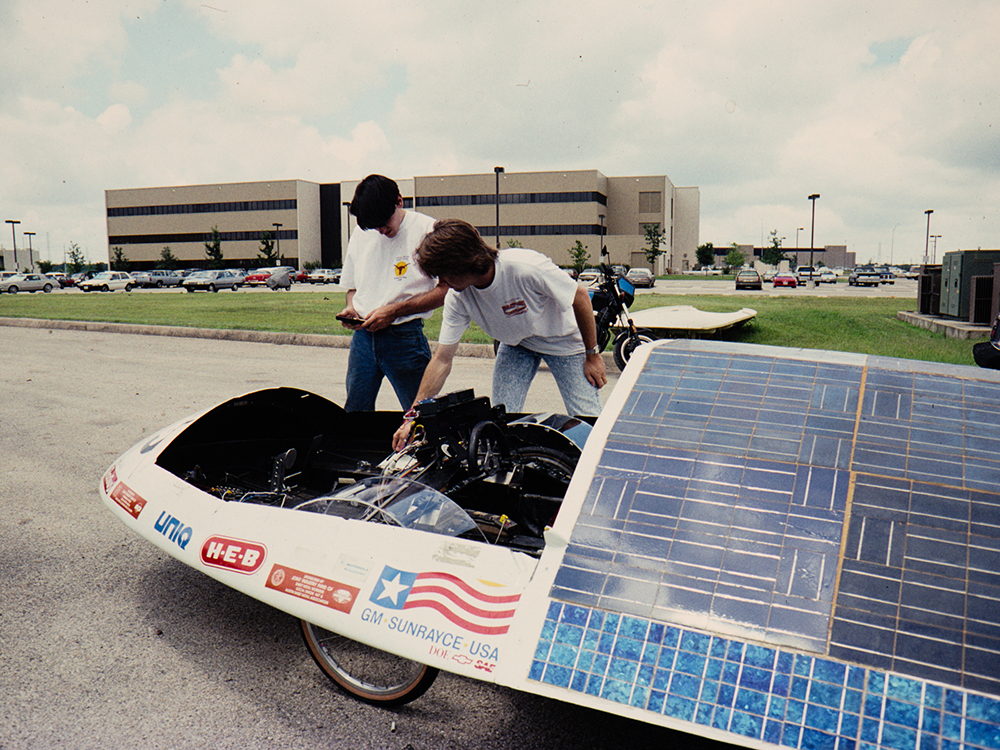
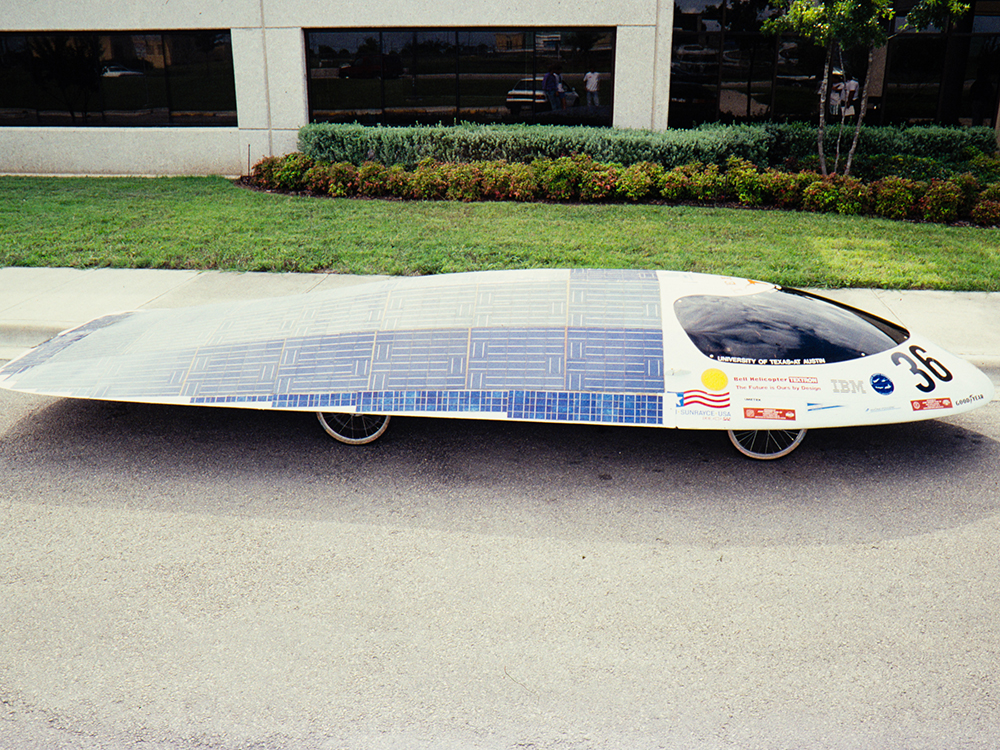
In the early 1990s, UT Austin students built a solar car to compete against cars built by other students at other universities in a national cross-country race. Steven Nichols, then deputy director of the center, was amazed at the hours the students put into working on the solar car. He noted that the students enjoyed engineering and that the experience was invaluable in their engineering education.
Research Through the Years
From the perspective of leadership of CEER's leadership.
Evolving of the Space
Originally housed on two floors of the Engineering-Science building on the main UT campus, the Center for Energy Studies was one of the centers who would occupy space in the expansion of the Balcones Research Center. According to UT President Peter T. Flawn, the Balcones Research Center was to be “a highly visible, identifiable research community…an integral part of the University’s preeminent energy-related research and educational programs.” The year 1983 was a pivotal year, in that construction for a $12 million facility was approved to house the Center for Energy Studies (CES) and the Center for Electromechanics. Because CES had no research facilities of its own, the move to the Balcones Research Center would be a major leap forward, as it would provide CES the space and opportunity to perform contract research up to the pilot-level scale.
The Center for Energy Studies’ focus had been energy policy research. With its move to the UT Balcones Research Center in 1984, its emphasis expanded to technical, scientific, and engineering research. The center’s new building turned out to be a game changer as new research facilities could tie in with industry, as well as the provide opportunities for graduate students and faculty to participate in programs on the frontier of energy research. The Balcones Research Center later became the Pickle Research Center in 1994, named after J.J. Pickle, former Congressman and UT alumnus.
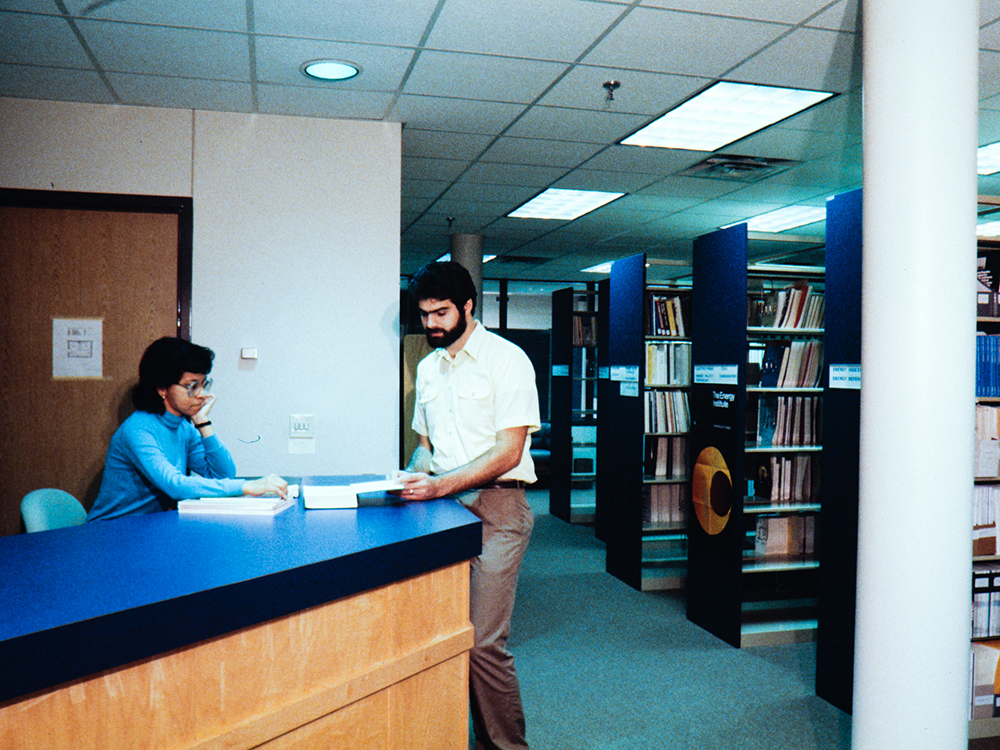
Energy Information Service: Energy resource to the public
Through its Energy Information Service (EIS), the center served the public by offering advice on energy usage. Before CES moved to the new location, EIS was in the Engineering Science Building on the UT campus. The 1976 edition of “On Campus” shares that Energy Studies offers a variety of free services to the public to answer their energy-related questions. Dr. Jerry Matthews served as the coordinator of the Center’s Energy Information service and said that they are “happy to handle questions from any individual, whether help on a research paper or even how to reduce his utility bill.” In addition to being an accessible resource, the Energy Information Service of CES even sponsored a series of public lectures.
In a column named “Energy Forum” in the January 1976 edition of the Austin American Statesman, the writer notes that “many people write to the Center for Energy Studies at the University of Texas with questions about their home’s energy efficiency,” asking questions such as how they can save money on electricity bills if they weatherstrip the home’s doors and windows.
Separations Research Program
The Separations Research Program is the only sustaining research program still in operation today. In 1982, Dr. Jimmy L. Humphrey joined the Center for Energy Studies as manager of chemical process applications. He had previously worked with the Energy and Environmental Systems Division of Argonne National Laboratory. In 1983, Dr. James Fair and Dr. Humphrey identified the area of chemical separations as one for fruitful research activities. During 1985, Dr. James R. Fair serving as the program head and Jimmy Humphrey served as associate head of the program, and Jose Bravo became manager. The Separation Research Program officially began in January 1984. Dr. Fair, professor of chemical engineering and head of the program, noted that the Separations Research Program was conceived as a cooperative endeavor between The University of Texas and industry. Industrial firms would be invited to join as sponsors and contribute funding, while SRP would provide the research results.
Halfway through its first year of operation in 1984, thirty-two companies had joined SRP: ABCOR/Koch Engineering, Air Products and Chemicals, Albany International, Aluminum Company of America, Amoco Oil, ARCO Petroleum Products, BOC Group, Celanese Chemical, Combustion Engineering, Dow Chemical, Dow Corning, Ethyl, Exxon Research and Engineering, E.I. du Pont de Nemours, Glitsch, B.F. Goodrich, Hoffman-La Roche, M.W. Kellogg, Koppers, Monsanto, Neste Oy, Norton, Nutter Engineering/Chem-Pro, Osmonics, Perry Gas/Separex, Phillips Petroleum, Rohm and Haas, Shell Development, A.E. Staley Manufacturing, Standard Oil of Ohio, Texaco, and Union Carbide. Towards the end of that year, two more companies had joined: Goodyear Tire and Rubber and FMC Corporation.
Dr. Frank Seibert and Dr. Bruce Eldridge were among the first group of students who arrived at the newly constructed building in 1984. Since then, they have worked on more than 1,000 research projects. Among their most significant accomplishments have been maintaining pilot and lab-scale operations for 35+ years with research in distillation, liquid extraction, supercritical extraction, carbon dioxide absorption/stripping, algae oil extraction, packing characterization, oil/water separations, plastic recycling related, and chemical weapons destruction. Their work has affected the community and world at large: improving distillation energy efficiency with advanced column packings, improving water treatment and educating students.
After more than 40 years of service, Dr. Frank Seibert will be retiring the summer of 2024. Read more...
Separations Research
Read more
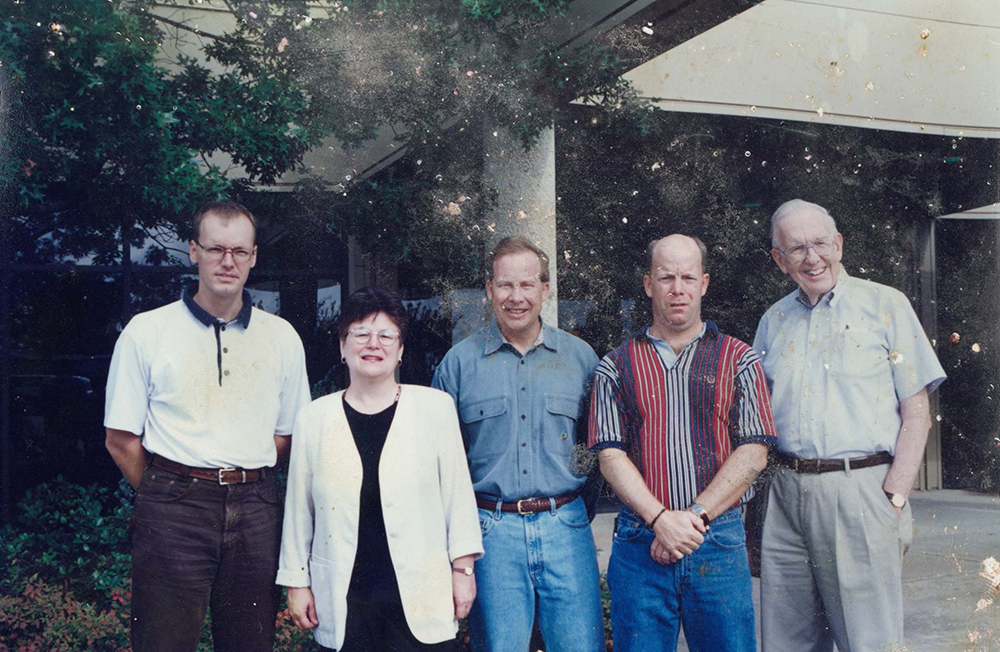
In Memoriam
We remember those who came before us, and contributed to the Center for Energy and Environmental Resources:
Dr. Herbert H. Woodson (1925-2018), first director of the Center for Energy Studies
Dr. James R. Fair (1920–2010), Separations Research Program (SRP) founder
José Luis Bravo (1954-2022), Project Manager for Separations Research Program (SRP)
Sources: Unless otherwise quoted or cited, the information gathered was from Energy Studies, editor: Jennifer Evans.



